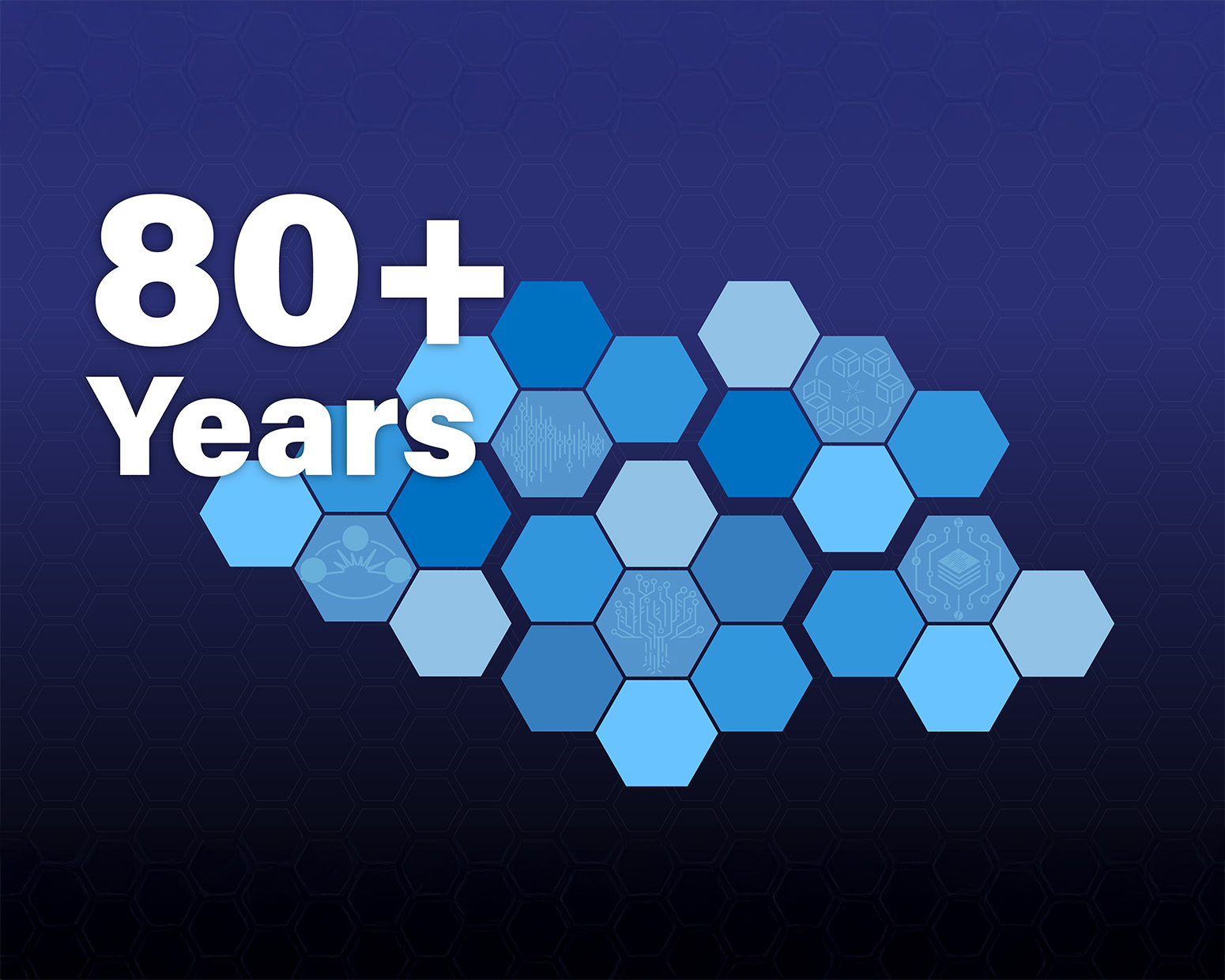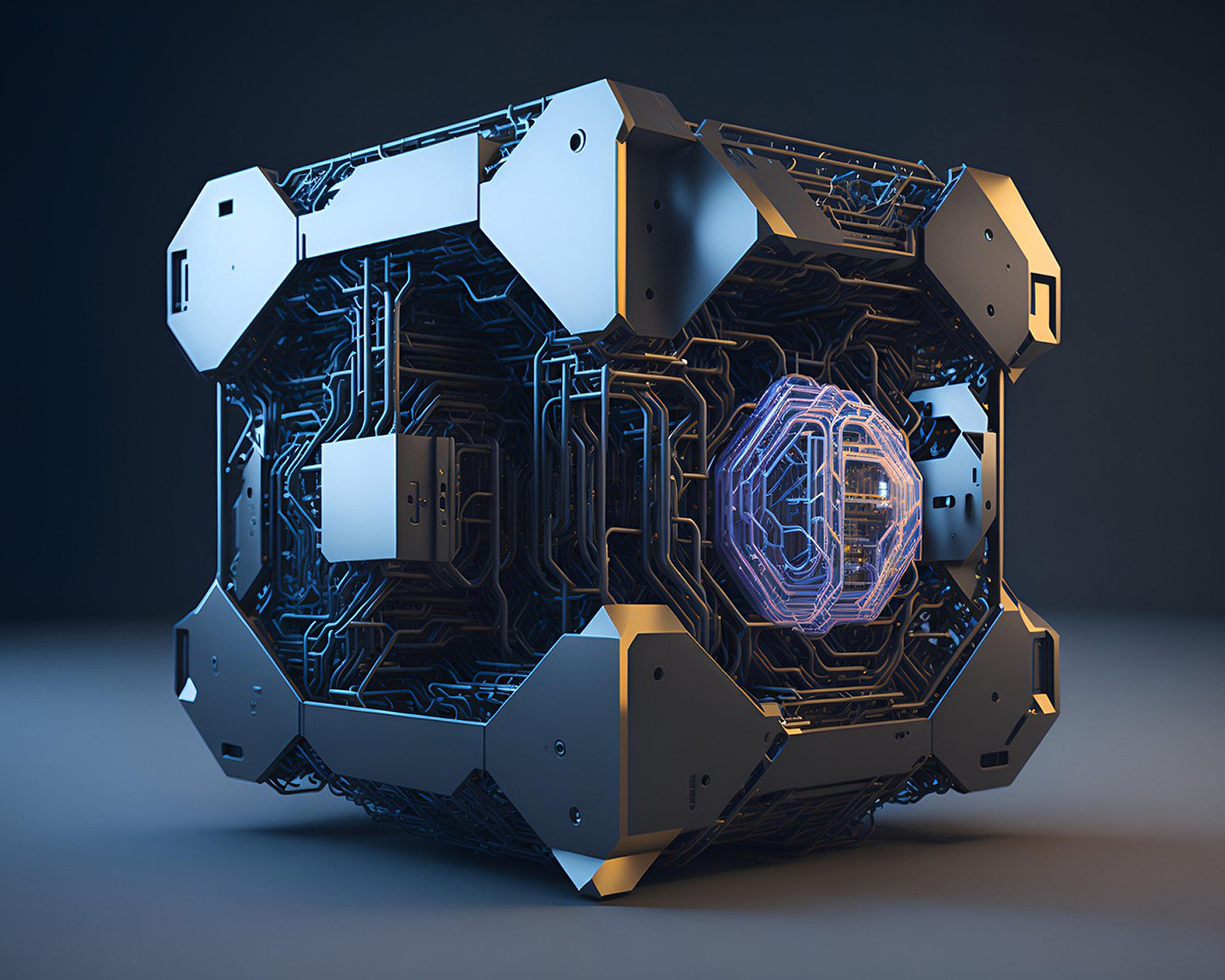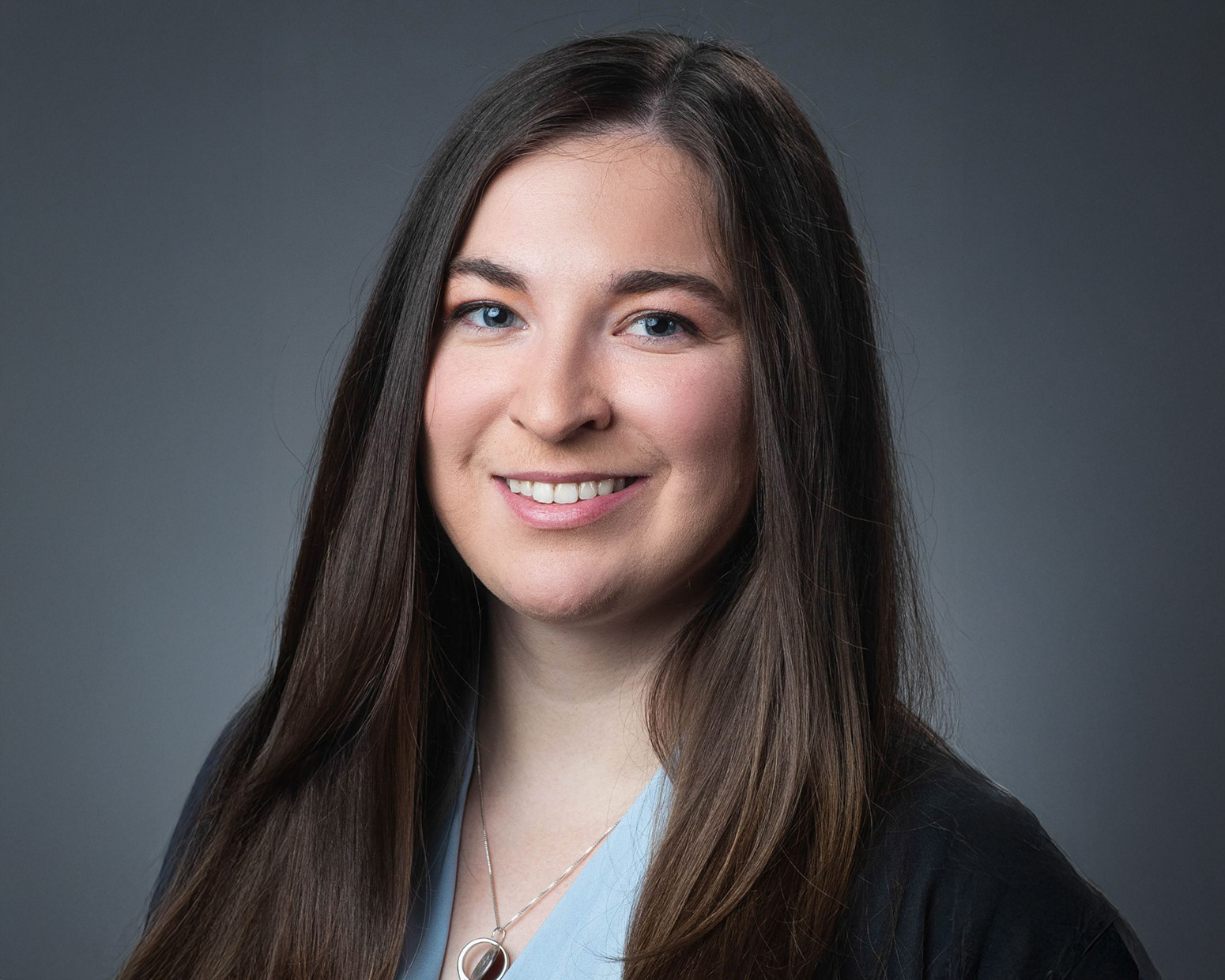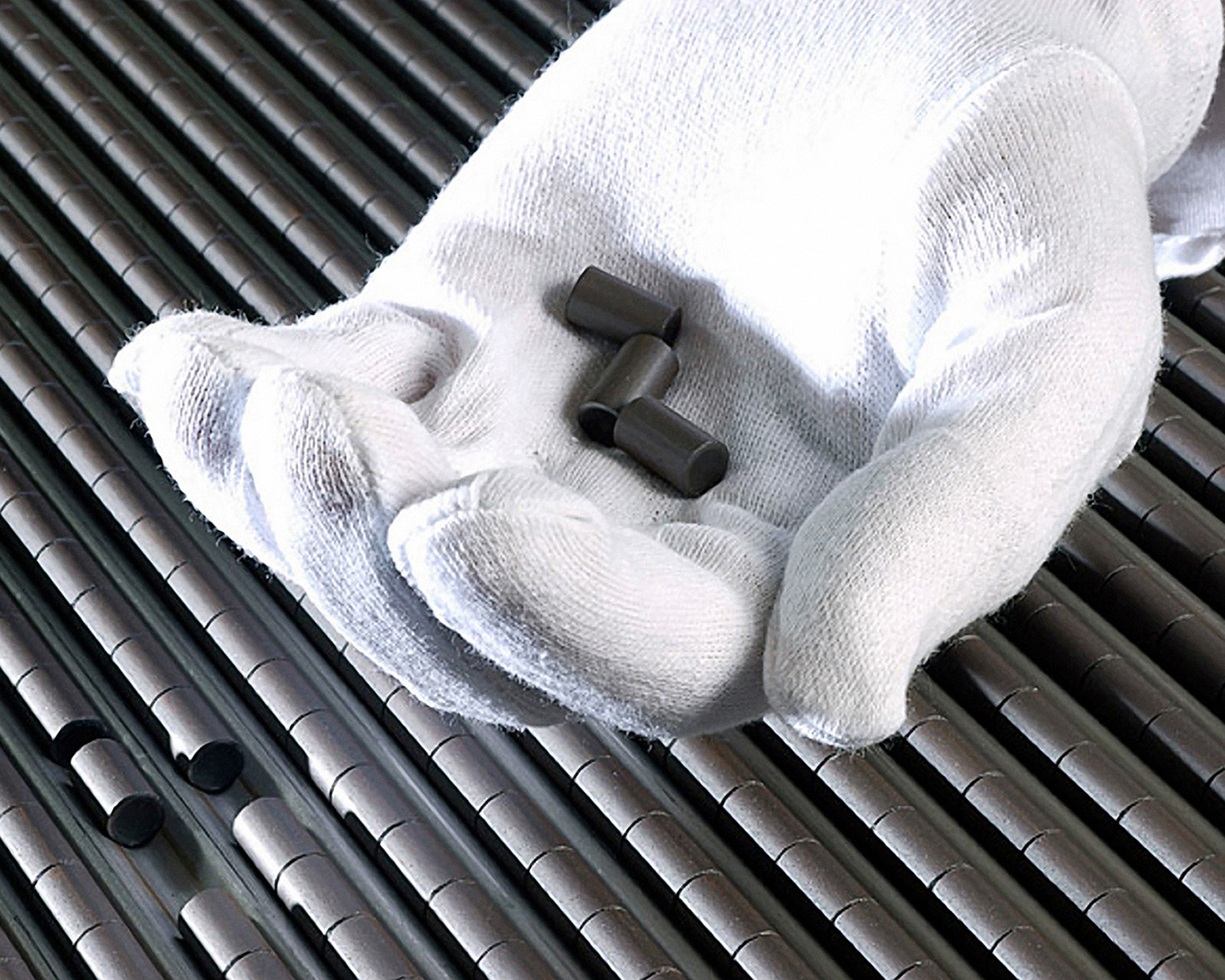Los Alamos physicists on Breakthrough prizewinning team
CERN experiments confirmed standard model of particle physics

An international team of 13,508 contributors, which included Los Alamos National Laboratory scientists, received the 2025 Breakthrough prize in fundamental physics for their decade-long work at the European Organization for Nuclear Research’s Large Hadron Collider.
Prizewinners from the Lab’s Physics division include scientists Cesar da Silva, Matt Durham and Hubert van Hecke (retired), working with postdoctoral researchers and affiliates Thomas Boetcher, Jana Crkovska, Cameron Dean, Eliane Epple, Jakub Kvapil, Cheuk-Ping Wong, Nicolas Schmidt and Krista Smith.
What they did: The award recognized the team for “detailed measurements of Higgs boson properties confirming the symmetry-breaking mechanism of mass generation, the discovery of new strongly interacting particles, the study of rare processes and matter-antimatter asymmetry, and the exploration of nature at the shortest distances and most extreme conditions at CERN’s Large Hadron Collider.”
About the award: Each year, the Breakthrough Prize Foundation gives one award in fundamental physics worth $3 million. The Large Hadron Collider beauty collaboration donated $500,000 of the prize to the CERN & Society Foundation for doctoral students to perform research at CERN.
LA-UR-25-24868





